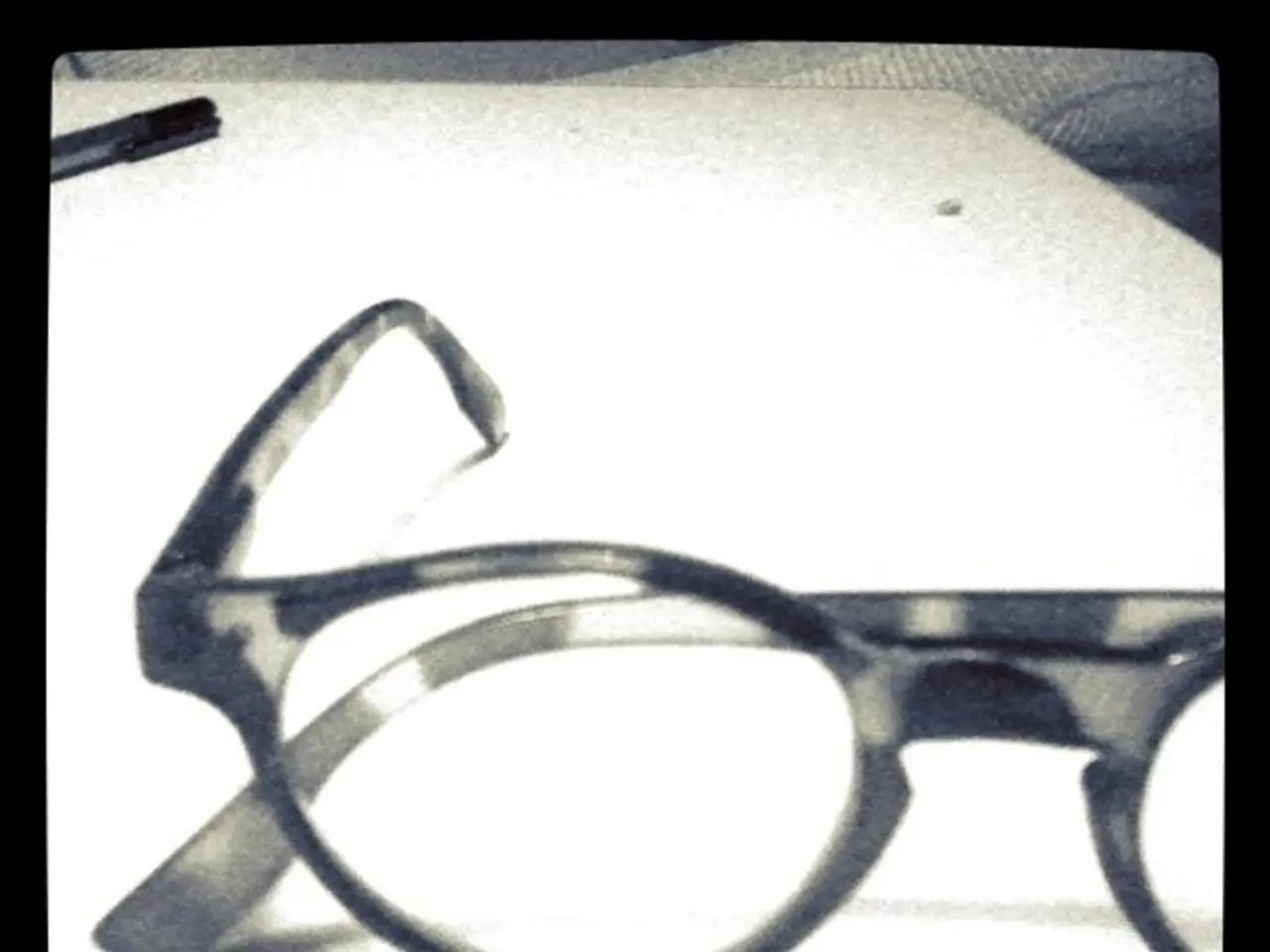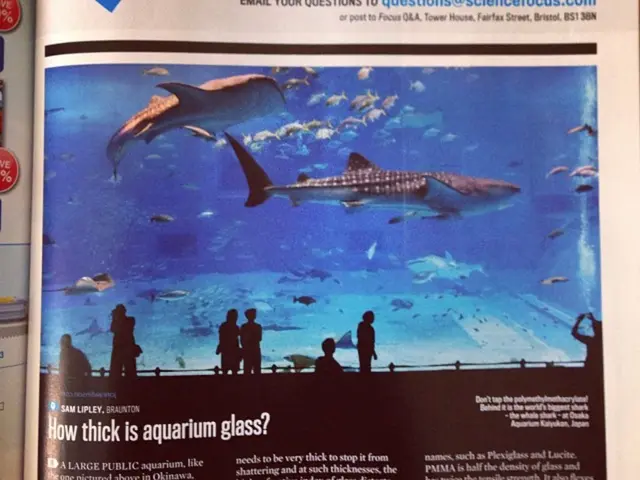A fundoscope can identify diabetic retinopathy.
In the management of diabetic retinopathy (DR), a condition that can lead to blindness in adults and is a common cause of vision loss among people with diabetes, regular eye examinations are crucial. One such important screening tool is fundoscopy, a type of eye test that examines the back of the eye, including the retina.
During a fundoscopic exam, the examiner uses a fundoscope to view the inside of the eye and assess the retina, blood vessels, and other features. This is often done using eye drops to dilate the pupil, allowing an optometrist or ophthalmologist a better view of the eye's fundus. The doctor will then darken the room and use the fundoscope to examine the eye, possibly pivoting the fundoscope or asking the person to look in different directions.
Microaneurysms, cotton wool spots, hemorrhages, and hard exudates are signs of DR that can be detected during a fundoscopy. However, beyond a standard fundoscopy, additional diagnostic tests for DR include optical coherence tomography (OCT), fluorescein angiography (FA), ultra-widefield fundus imaging, retinal photography, and ocular ultrasound.
Optical Coherence Tomography (OCT) produces cross-sectional images of the retina, allowing measurement of retinal thickness and detection of fluid leakage, which is crucial for assessing diabetic macular edema and monitoring treatment response.
Fluorescein Angiography (FA) involves injecting a fluorescent dye into a vein and photographing its circulation in retinal blood vessels to identify areas of non-perfusion, leakage, or neovascularization.
Ultra-Widefield Imaging captures over 100 degrees of the retina in a single digital image, allowing better visualization of peripheral retinal pathology, which improves screening and management accuracy compared to traditional 7-field ETDRS photography.
Retinal Photography offers permanent digital documentation of retinal findings, facilitating longitudinal comparison without the visual side effects of pupil dilation. It complements ophthalmoscopy and can detect early diabetic retinopathy changes.
Ocular Ultrasound (B-scan) is useful when media opacities prevent fundus visualization and can detect complications like vitreous hemorrhage or retinal detachment associated with diabetic retinopathy.
Other eye examinations such as slit lamp biomicroscopy can examine anterior and posterior segments for related findings but are not specific diagnostic tests for diabetic retinopathy.
In clinical practice, these modalities are often used complementarily to provide a comprehensive retinal assessment beyond what fundoscopy alone can reveal. Early detection of diabetic retinopathy is important to help manage the condition and prevent vision loss, and regular eye tests, including a fundoscopic exam, are recommended.





